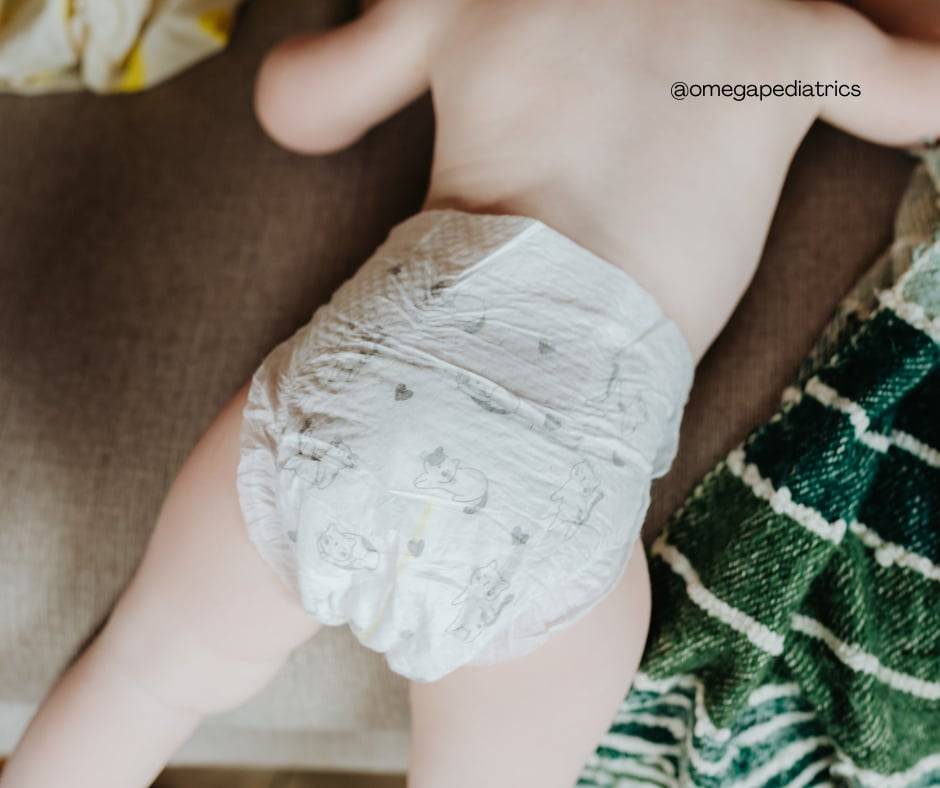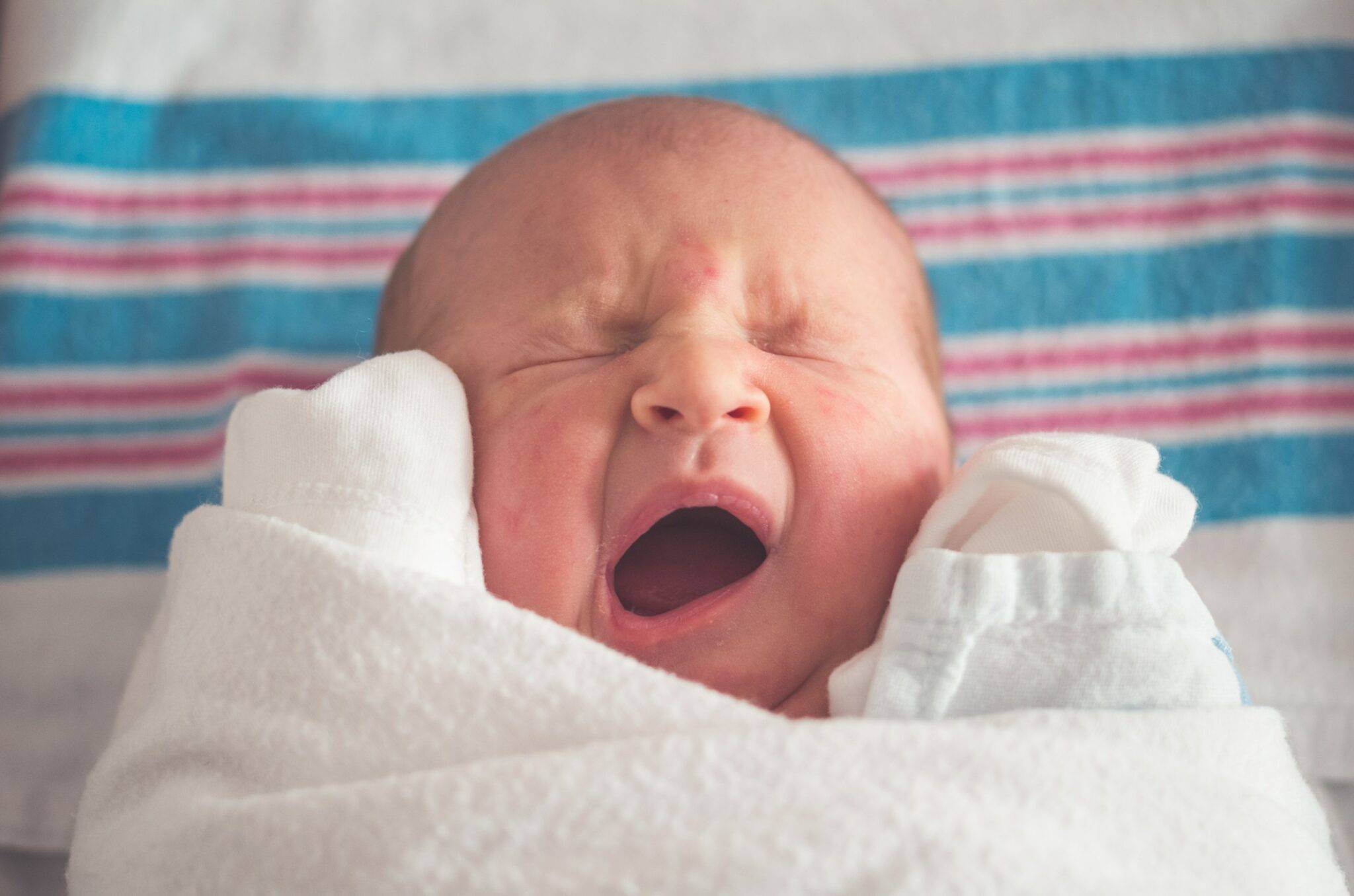Lanugo: Nature’s First Blanket
Lanugo is the fine, soft hair that covers a fetus and newborn. While it may look unusual, it serves essential functions.
What is Lanugo?
Lanugo is the first hair produced by the fetal hair follicles, and it usually sheds before birth.
How Does the Appearance of Lanugo Vary?
Lanugo, the fine hair that can cover a newborn, varies significantly among babies due to several factors.
Genetic Influences
The color and visibility of lanugo often depend on the baby’s skin tone. For those with lighter complexions, lanugo may be virtually colorless and subtle. Conversely, babies with darker skin tend to have darker lanugo, making it more noticeable.
Gestational Age
The length of the pregnancy plays a crucial role in the presence of lanugo. Babies born after 42 weeks typically lack visible lanugo because it tends to shed during the final eight weeks of gestation. On the other hand, premature babies—those born before 37 weeks—often have more pronounced lanugo that takes a while to disappear.
Degree of Maturity
Lanugo naturally falls off as the pregnancy progresses. Full-term babies generally shed most of it before birth. If a baby is born prematurely, this fine hair is more likely to remain for some time post-birth.
In essence, lanugo’s appearance can differ based on genetic factors, the duration of pregnancy, and the baby’s developmental stage at birth.
Genetic Factors Influencing Lanugo Appearance
Genetic factors play a significant role in determining the appearance of lanugo, the fine, soft hair covering a baby’s skin before birth.
1. Skin Pigmentation:
In babies with lighter skin tones, lanugo may appear light or nearly colorless. Conversely, babies with darker complexions often have darker hair, resulting in more noticeable lanugo. This variation is due to genetic differences in skin pigmentation and hair color.
2. Hair Color Genes:
Genes that dictate hair color also impact the shade of lanugo. For example, if a baby inherits genes for dark hair, the lanugo is likely to be darker. On the other hand, genes for lighter hair will result in lighter lanugo.
3. Ethnicity:
Ethnic background can further influence the appearance of lanugo. Individuals of certain ethnicities, who typically have darker hair, may find that their babies have more pronounced lanugo compared to those from ethnic groups with lighter hair.
4. Family History:
If there is a history of darker or lighter hair in the family, these genetic traits can be passed on to the baby, affecting lanugo color and visibility.
In summary, the appearance of lanugo is largely influenced by genetic factors, including skin pigmentation, hair color genes, ethnicity, and family history. These factors work together to determine whether lanugo is dark and noticeable or light and less distinct.
Functions: Why It’s There
Lanugo is part of an important developmental stage for your baby. The term lanugo comes from the Latin word “lana,” meaning wool. This soft, downy hair appears to have several critical functions, and researchers are continuing to study its full range of roles.
For instance, some studies have found that lanugo helps protect the newborn’s skin and assists in regulating body temperature. Let’s break down these functions in more detail:
- Temperature Regulation: Helps to keep the fetus warm.
- Protection: Acts as a barrier against friction in the womb.
- Sensory Function: May help the fetus sense touch.
Understanding lanugo’s role sheds light on its importance in fetal development. As science continues to uncover more about this unique feature, it becomes clear why lanugo is a key aspect of a baby’s growth inside the womb.
Potential Role of Lanugo in Hormonal Regulation
Lanugo, the fine hair covering a fetus’s body, may contribute to hormonal balance during pregnancy. One theory suggests that the movement of lanugo on the baby’s skin might trigger the release of certain hormones.
Stress Reduction and Growth Stimulation
- Stress Reduction: The interaction between lanugo and the skin could help in releasing hormones that reduce fetal stress, which is crucial for a calm and healthy prenatal environment.
- Growth Stimulation: Additionally, these hormones might aid in stimulating growth, ensuring the baby develops properly inside the womb.
Overall, lanugo might play a vital role in creating a balanced hormonal environment that supports fetal well-being and development.
When Does It Disappear?
- Before Birth: For most babies.
- After Birth: Within a few weeks for some.
- Persistent Lanugo: Rare but can happen.
How Being Overdue or Premature Affects Lanugo Presence
Babies born after 42 weeks:
- Typically, these babies do not have visible lanugo. This fine hair usually falls off during the last eight weeks of pregnancy. By the time a baby is overdue, it has typically already shed this hair.
Premature babies (born before 37 weeks):
- These infants are more likely to still have their lanugo intact. Since lanugo usually falls off closer to full-term, being born early means there’s less time for this process to occur naturally.
What is Lanugo?
Lanugo is a fine, soft hair that covers a baby’s body inside the womb. It’s one of the earliest structures formed after conception and serves to protect the skin.
Key Takeaways
Premature Babies: More likely to have lanugo, which takes time to go away after birth.
Overdue Babies: Less likely to have lanugo as it’s already shed in the womb.
Tips for Caring for a Baby’s Lanugo
Caring for your baby’s lanugo, the fine, soft hair some newborns are born with, doesn’t require special treatment. However, here are some helpful tips to ensure your baby’s comfort and care:
- Be Patient: The best approach is to simply wait. Lanugo naturally falls off by itself over time. Typically, this can happen within a few days to weeks after birth. If it takes longer, it’s often still normal and not a cause for concern.
- Avoid Hair Removal Products: Never use hair removers, wax, or razors on your baby’s lanugo. These products are not designed for infant skin and can cause irritation or injury to their delicate skin.
- Consult Healthcare Providers: For any concerns about your baby’s lanugo, consult your pediatrician. They can provide reassurance and answer any questions you might have, ensuring there’s nothing to worry about.
By following these tips, you can gently and safely manage your baby’s lanugo without any unnecessary interventions.

Should You Be Concerned?
- Normal Phenomenon: Usually no cause for concern.
- Late Shedding: May require medical evaluation.
- Associated Conditions: Like eating disorders in older children.
What Should Parents Avoid When Caring for a Baby’s Lanugo?
- Using Hair Removers
It’s crucial to avoid waxing, shaving, or applying any hair removal products on your baby’s lanugo. These products can be harsh and potentially harm your infant’s delicate skin. - Over-Manipulating the Skin
Refrain from vigorously scrubbing or excessively washing the area. Gentle cleaning with mild soap is all that’s needed, as overdoing it can irritate your baby’s sensitive skin. - Applying Chemical-Based Products
Keep away from lotions or creams that contain strong chemicals or fragrances. These can cause allergic reactions or irritation. Stick to products specifically designed for infants. - Ignoring Medical Advice
If you have concerns about your baby’s lanugo, always consult with a pediatrician rather than trying home remedies or unverified treatments. Your pediatrician can provide safe and effective guidance.
Making sure to steer clear of these actions will help you care for your baby’s lanugo in the safest way possible.
Some Medical Conditions Associated With Lanugo Hair
Associated Conditions: Like eating disorders in older children.
- Extreme Malnourishment: Lanugo can indicate poor nutrition—usually to the point of starvation. This state can be caused by eating disorders such as anorexia or other conditions that cause severe weight loss. Lanugo can develop when someone does not have enough body fat to keep them warm. A layer of soft, downy hair grows to protect and insulate the body. Once a person’s nutritional status improves, lanugo should go away.
- Genetic Disorder: Hypertrichosis Lanuginosa is a rare genetic disorder that causes excessive growth of lanugo or lanugo-like hair. An infant can be born with the condition or it can develop later in life. When it develops later in life, the disorder is sometimes triggered by a health condition, eating disorder, or the side effect of a medication.
- Other Health Problems: Studies have shown that, although rare, lanugo can be a sign of certain health conditions, including cancer, endocrine disorders, or metabolic disorders.
By recognizing these associated conditions, parents and caregivers can better understand the potential underlying causes of lanugo and seek appropriate medical advice.
Next Steps
If you find this information beneficial and wish to stay updated on children’s health topics, consider subscribing to our newsletter. If you have concerns about lanugo on your newborn or older child, feel free to book an appointment with Dr. Michael Nwaneri. We’re here to offer expert advice, no obligations.




